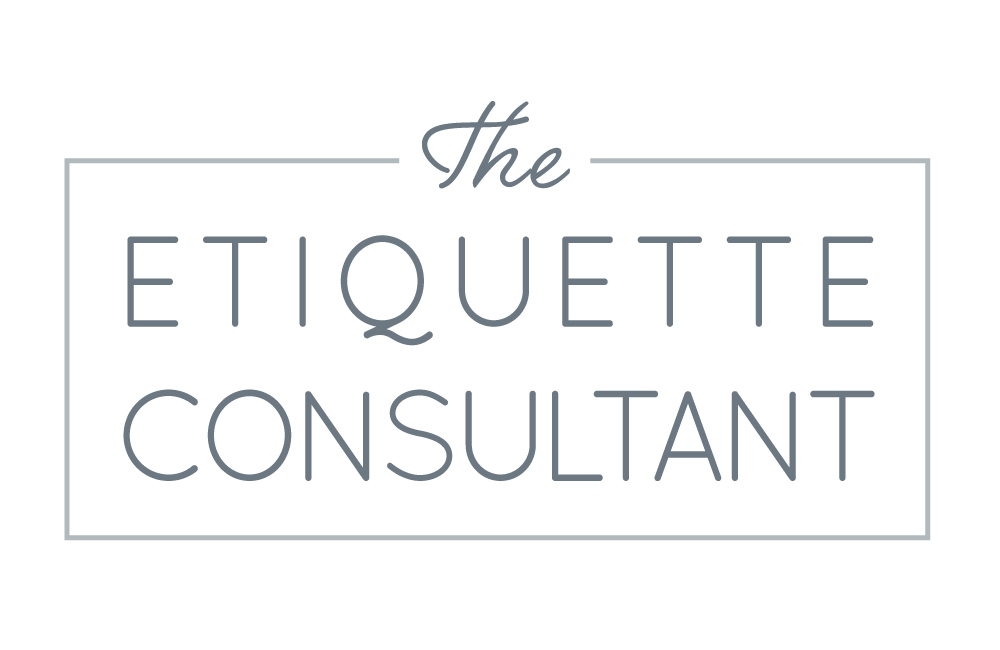This week I’m privileged to be a guest contributor for @beyourown which is a supportive network for more than 170,000 businesswomen and female entrepreneurs around the world. They provide great tools, resources and knowledge to aid growth as an entrepreneur. You can subscribe with them here https://beyourown.org/subscribe/, to access all the interviews and articles they offer, I recommend it!
Here is my contribution sharing the easy steps to having your own great elevator pitch!
Just as all professionals have business cards, all professionals should have an elevator pitch. Many entrepreneurs spend time and money on branding, marketing and social media yet don’t quite master an effective Elevator Pitch. The concept of having your own pitch is to explain who you are and what you do in a short way that the listener will immediately understand. It’s a concise statement that should explain what differentiates you or your business from the competition. The goal isn't necessarily to start a sale but instead a conversation about your business. It’s a brief speech that should encourage the listener to want to know more about what you do/sell/offer - it should spark some interest. As a result, a good elevator pitch can be the start of a good conversation and perhaps result in a follow up conversation, providing you with the opportunity to be more persuasive and sell yourself, service or product. A good pitch should last approximately 15 - 30 seconds and it should be memorized and ready to use at any time, whether attending a networking event or not, as one never knows who we may meet around the next corner. Once your pitch is memorized you will be able to adapt it and refine it for the listener when necessary. Having a great pitch ready will give you more confidence and it makes a great first impression.
There are many ways to prepare an elevator pitch but the easiest way to prepare one is to consider the 3 main necessary elements and then add some “spice” or “sizzle” as a way of connecting with your listener in your 4th element.
So start by imagining that you are answering the following questions:
Step 1 : Who are you?
The listener needs to know your name, who they are speaking with. It’s not only common courtesy during any introduction, but you want them to know who You are! Always state your first and last names as there may be someone else with the same first name as you, so the listener will be more likely to remember you. Depending on the situation the listener may already know your name or your company so common sense should kick in. Give your pitch without your name and go straight for the sizzle!
Step 2 : What do you do?
Simply stating your title or job role is a quick way to get straight to the point of this question. This gives clarity to the listener, avoids any confusion and serves as an introduction to next step of your pitch.
Step 3 : What do I need to know about your business/product service? What value do you offer? What problem do you solve?
Start to grab attention by explaining what you can do for them, what problem you help solve. You can make a clear bold statement or use an example to explain what problems you have solved. You can then use the next step to expand in more detail.
Step 4 : What makes you or your business unique? Why should I keep listening?
This is your opportunity to add some “spice or sizzle”, something interesting to catch the listeners attention and make them want to know more. You have your own USP - Unique Selling Point and now is the time to share it. One way of grabbing attention is to share a short story. It could be to continue with an explanation of how you have helped other businesses, how you solved the problem that you previously mentioned. It could be how you started your journey, your speciality, what interesting outcomes you have achieved, a success story etc. Make this your WOW factor.
Putting it all together.
When you have one or two sentences for each point, you will have the start of your elevator pitch. Then it’s just a matter of phrasing the information in the way you like best and in a way that feels comfortable and natural for you. You don’t want your pitch to sound rehearsed, even if it is! The order of saying the pitch doesn’t matter too much, you may have a great line to catch their attention and then make a bold finish by saying your name at the very end. When a basic elevator pitch has been crafted it can be expanded a little to add more information but avoid making it too long or too much “hard sell” as this can be very off putting for the listener.
What not to do with your Elevator Pitch?
Don’t make it too long, you will lose the attention of the listener
Don’t talk too much about what you do, talk about what you can offer the listener.
Avoid too much technical jargon that may not be understood by everyone.
Avoid complicated explanations about what you do, keep it simple but interesting.
Last thoughts
Bear in mind that you may have to adapt your pitch for your audience, so keep your target market in mind. The Elevator Pitch is about you but it’s FOR the listener. Remember the goal of your pitch is to allow the audience to understand what you can do for them! Practice makes perfect, rehearse your pitch until it feels natural.
Finally, leave the listener wanting to know more, whet their appetite just enough so they feel compelled to ask a question. This is the call to action!
Julia Esteve Boyd
The Etiquette Consultant

